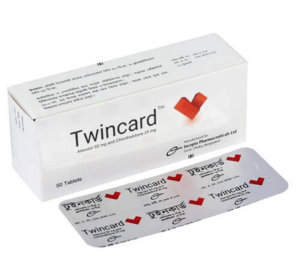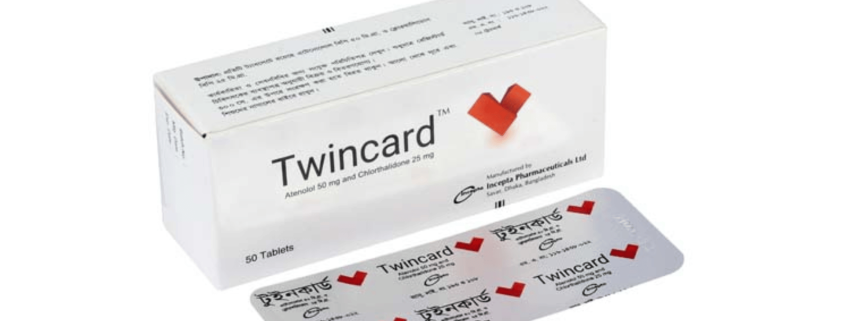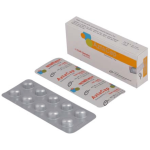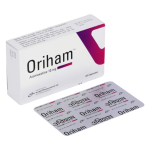Twincard(Atenolol and Chlorthalidone)

Therapeutic Group: Combined Antihypertensive preparation
Presentation
Twincard Tablet: Each tablet contains Atenolol BP 50 mg and Chlorthalidone BP 25 mg
Description
Atenolol and chlorthalidone have been used singly and concomitantly for the treatment of hypertension. Studies have shown that there is no interference with bioavailability when these agents are given together in the single combination tablet. Therefore, this combination provides a convenient formulation for the concomitant administration of these two drugs. Atenolol is a beta1-selective (cardioselective) beta-adrenergic receptor blocking agent that provides 1) reduction in resting and exercise heart rates and cardiac output, (2) reduction of systolic and diastolic blood pressure at rest and on exercise, (3) reduction in reflex orthostatic tachycardia. Chlorthalidone is a monosulfonamyl diuretic with prolonged action and low toxicity. It produces diuresis with greatly increased excretion of sodium and chloride at distal convoluted tubule of the nephron.
Indications
This combination is indicated for the treatment of hypertension, to lower blood pressure. Lowering blood pressure lowers the risk of fatal and non-fatal cardiovascular events, primarily strokes and myocardial infarctions.
Dosage & Administration
The initial dose is Atenolol 50 mg and Chlorthalidone 25 mg once a day. If an optimal response is not achieved, another antihypertensive agent may be added gradually beginning with 50 percent of the usual recommended starting dose to avoid an excessive fall in blood pressure.
Atenolol is excreted via kidneys and therefore dosage should be adjusted in cases of severe impairment of renal function.
Side Effects
The adverse effects observed for this combination are essentially the same as those seen with the individual components.
Atenolol: Bradycardia, Cold Extremities, Postural Hypotension, Leg Pain, Dizziness, Vertigo, Light-Headedness, Tiredness, Fatigue, Lethargy, Drowsiness, Depression, Dreaming, Diarrhea, Nausea, Wheeziness, Dyspnea, Chlorthalidone Orthostatic hypotension, anorexia, gastric irritation, vomiting, cramping, constipation, vertigo, purpura, photosensitivity, rash, urticaria, hyperglycemia, glycosuria, hyperuricemia, muscle spasm, weakness, restlessness.
Precautions
This combination may aggravate peripheral arterial circulatory disorders. Periodic determination of serum electrolytes to detect possible electrolyte imbalance should be performed at appropriate intervals.
Use in Pregnancy & Lactation
Pregnancy Category D.
Lactation:
Caution should be exercised when this drug is administered to a woman who is breast-feeding.
Drug Interaction
•This combination may potentiate the action of other antihypertensive agents used concominantly. Concominant use with catecholamine depletor (eg, reserpine) may cause hypotension and/or marked bradycardia
• Calcium channel blockers, Amiodarone may have an additive effect when given with this combination.
• Concomitant use of prostaglandin synthase inhibiting drugs, eg, indomethacin, may decrease the hypotensive effects of beta blockers.
• Both digitalis glycosides and beta-blockers slow atrioventricular conduction and decrease heart rate. Concomitant use can increase the risk of bradycardia.
Over Dose
No specific information is available with regard to overdosage of this combination in humans. Treatment should be symptomatic and supportive and directed to the removal of any unabsorbed drug by induced emesis, or administration of activated charcoal. Atenolol can be removed from the general circulation by hemodialysis. Further consideration should be given to dehydration, electrolyte imbalance and hypotension by established procedures.
Storage
Do not store above 30 C. Keep away from light and out of the reach of children.
Commercial Pack
Twincard Tablet : Each box contains 5 Alu-Alu blister strips of 10 tablets.



